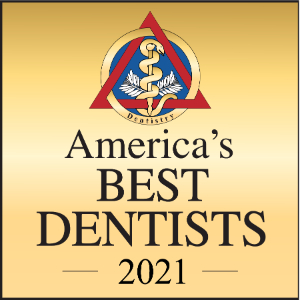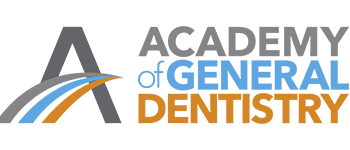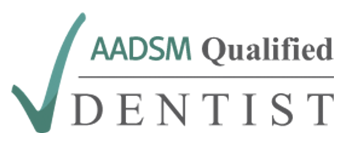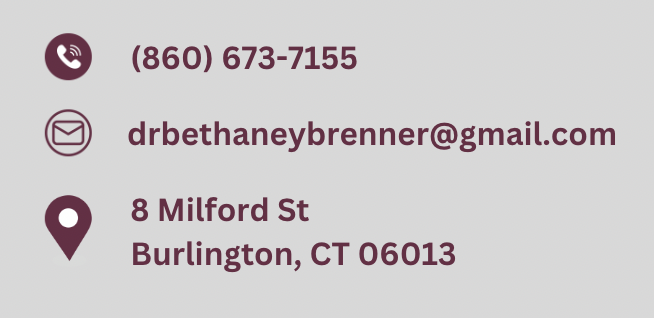“Roughly 22 million Americans live with sleep apnea—and nearly 80% of them don’t even know it.”
That’s not just a statistic. It’s a wake-up call. Sleep apnea can creep in slowly—daytime fatigue, morning headaches, dry mouth, poor focus—and before you know it, it’s affecting everything from your job performance to your relationships. But the good news is this: once you have a diagnosis, you’ve got options. Lots of them.
Modern sleep apnea treatments go far beyond CPAP machines. From oral appliances and simple lifestyle changes to myofunctional therapy and even surgery, there’s a growing toolbox of solutions tailored to fit different needs.
This guide walks through what those options look like, how they work, and who they’re best suited for.
What Is Sleep Apnea?
Sleep apnea is a condition where your breathing repeatedly stops and starts during sleep. The most common type is called obstructive sleep apnea (OSA). It occurs when the muscles in your throat relax too much, blocking airflow.
Every time your airway collapses, your brain sends a signal to wake you just enough to breathe again. These micro-awakenings happen all night long. You might not remember them—but they keep your body from getting the deep, restorative sleep it needs.
The signs can be subtle. You might snore loudly, wake up gasping for air, or struggle with unexplained fatigue. Others report brain fog, memory issues, or even depression. Often, it’s a partner who notices the breathing pauses during the night.
Untreated sleep apnea increases your risk for heart disease, stroke, type 2 diabetes, and high blood pressure. That’s why diagnosis and treatment matter.
CPAP Therapy: The Traditional Standard
CPAP (Continuous Positive Airway Pressure) therapy has been the most prescribed treatment for obstructive sleep apnea for decades. A CPAP machine uses a mask and hose to deliver a constant stream of air pressure into your throat to keep your airway open.
For people with moderate to severe sleep apnea, CPAP is extremely effective. When used consistently, it reduces apneic events, improves oxygen levels, and restores normal sleep patterns.
That said, some people find CPAP hard to adjust to. The mask can feel bulky or uncomfortable. Others struggle with dry nose, nasal congestion, or difficulty sleeping with the machine’s noise. Consistency is key—and when it’s hard to stick with, other treatment options may be considered.
Oral Appliance Therapy: A Simpler Solution
For those with mild to moderate obstructive sleep apnea, or those who can’t tolerate CPAP, oral appliance therapy is an excellent alternative. These custom-made devices fit like a sports mouthguard and gently move the jaw forward, keeping the airway open.
They’re quiet, portable, and much easier to travel with than a CPAP. Some people also find them more comfortable, especially if they have claustrophobia or prefer minimal equipment.
To be most effective, oral appliances should be custom-fitted to your bite and airway structure. Not all devices are created equal, so professional evaluation and monitoring are important.
Lifestyle Changes That Help
While devices are the front line of sleep apnea treatment, daily habits play a big role in both prevention and management.
Weight loss is one of the most impactful changes. Fat deposits around the neck can restrict airflow, especially when lying down. Losing even 5 to 10 percent of body weight can reduce the severity of sleep apnea.
Exercise supports weight loss, improves respiratory function, and enhances sleep quality. A consistent movement routine—even walking—can make a noticeable difference.
Reducing alcohol and sedatives before bed also helps. These substances relax the throat muscles, increasing the chance of airway collapse.
Smoking inflames the airway and can worsen symptoms, while nasal breathing can help improve oxygen intake and sleep quality.
Positional Therapy
Many people experience more apnea events while sleeping on their back. This position allows the tongue and soft tissues to fall backward and block the airway.
Positional therapy focuses on training your body to sleep on your side. It can involve body pillows, wearable devices that gently nudge you when you roll over, or simple elevation of the head of your bed.
For those with positional sleep apnea, this method is a simple and effective way to reduce symptoms.
Myofunctional Therapy: Rebuilding Function from the Ground Up
Myofunctional therapy involves targeted exercises to strengthen the muscles of the tongue, throat, and face. These exercises help improve posture, support nasal breathing, and prevent airway collapse.
It’s especially useful for individuals with poor tongue posture, mouth breathing, or narrow jaws. The goal is to retrain the body to support healthy breathing—day and night.
Myofunctional therapy is gentle and non-invasive, and it pairs well with oral appliances or lifestyle changes.
Surgical Options for Structural Problems
Surgery is generally considered when other treatments haven’t worked—or when there’s a clear physical obstruction in the airway that needs to be corrected.
Common surgical procedures for sleep apnea include:
- UPPP (Uvulopalatopharyngoplasty): Removal of excess soft tissue from the throat.
- Septoplasty: Straightening the nasal septum to improve airflow.
- Tonsillectomy or adenoidectomy: Often used for children with enlarged tonsils.
- Maxillomandibular advancement (MMA): Moving the upper and lower jaw forward to enlarge the airway.
While surgery comes with recovery time and risks, for some people, it’s the best long-term solution.
Combination Therapy: Mixing and Matching for Better Outcomes
Not every treatment needs to stand alone. Many people benefit from a combination of therapies.
For example, someone may wear an oral appliance and practice myofunctional therapy. Another person may use CPAP some nights and switch to an oral device when traveling. Someone else may pair side-sleeping with weight loss and breathing exercises.
The goal isn’t perfection—it’s improvement. When treatment feels manageable, it’s easier to stick with, and the results follow.
Home Sleep Studies and Follow-Ups
Before starting treatment, it’s important to confirm the diagnosis with a sleep study. Many people begin with an at-home test, which measures oxygen levels, airflow, and breathing patterns.
Once treatment begins, follow-up testing helps confirm that the approach is working. If symptoms persist—or if there are changes in weight or health—it may be time to reassess.
Consistent monitoring helps tailor treatment to your evolving needs.
What to Expect as You Start Treatment
The transition into treatment can be an adjustment. Some people feel immediate improvement—more energy, better focus, deeper sleep. Others need a few weeks for their body to adapt.
The key is staying committed and communicating with your care team. If a mask isn’t fitting right, or if the appliance feels off, small tweaks can make a big difference.
Track your sleep, mood, and symptoms. Don’t hesitate to ask questions or bring up concerns. The more involved you are, the more successful your treatment is likely to be.
Long-Term Benefits of Effective Treatment
When sleep apnea is managed properly, the results can be life-changing. Patients often report improved mental clarity, stronger memory, fewer headaches, and more stable moods.
Blood pressure can drop. Weight loss becomes easier. Energy levels go up. Even relationships improve when snoring and gasping disappear.
You may also reduce your long-term risk of heart disease, stroke, and other chronic conditions. Better sleep doesn’t just feel good—it protects your future.
Final Thoughts
Sleep apnea may be more common than most people think, but that doesn’t mean it has to control your life. With the right treatment plan—and the right support—you can reclaim your nights, your days, and your health.
If you’ve been diagnosed, or even if you’re just suspicious something’s off, now’s the time to explore your options. There’s no one-size-fits-all solution, but there is a solution that will fit you.
Start asking questions. Start tracking your sleep. And when you’re ready, start taking action. Your body—and your brain—will thank you for it.







